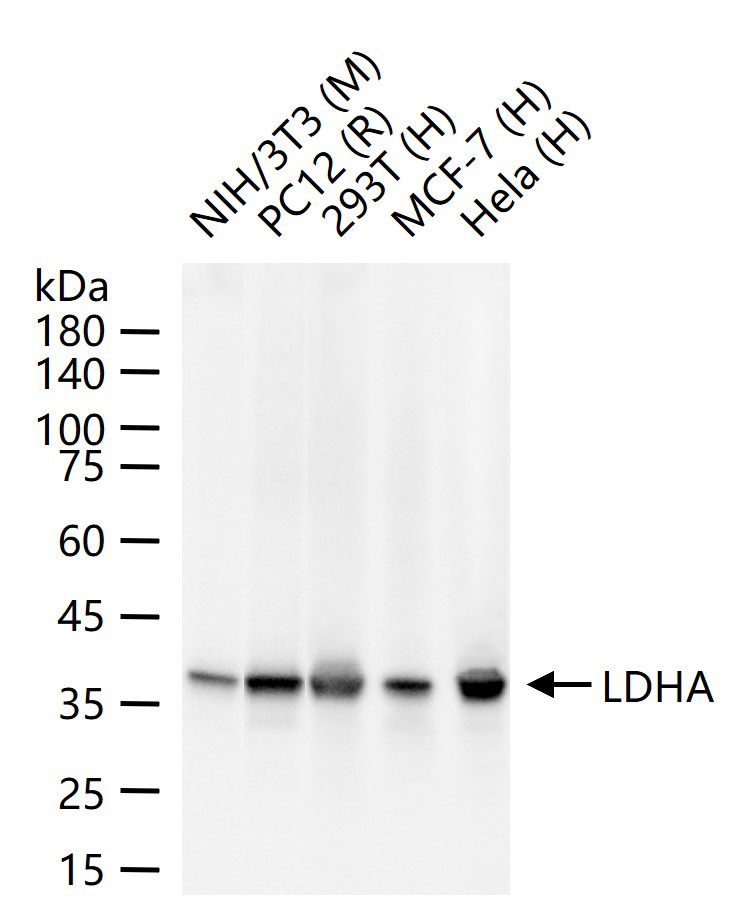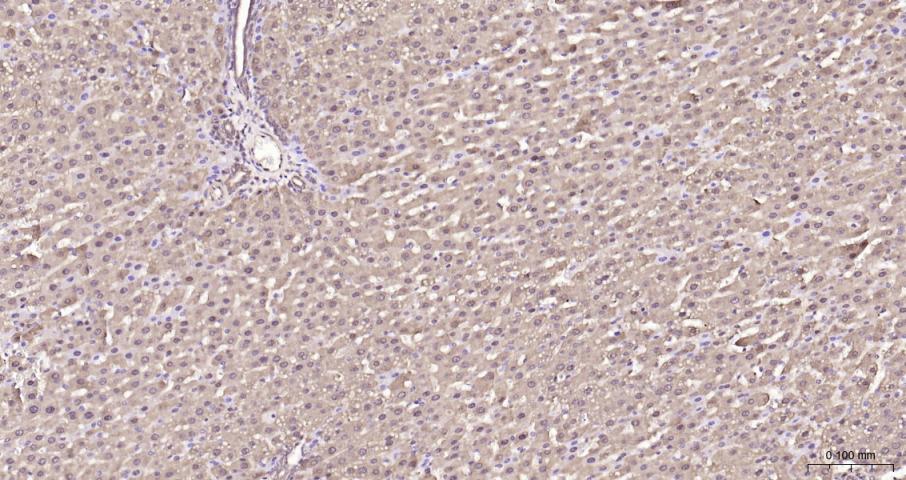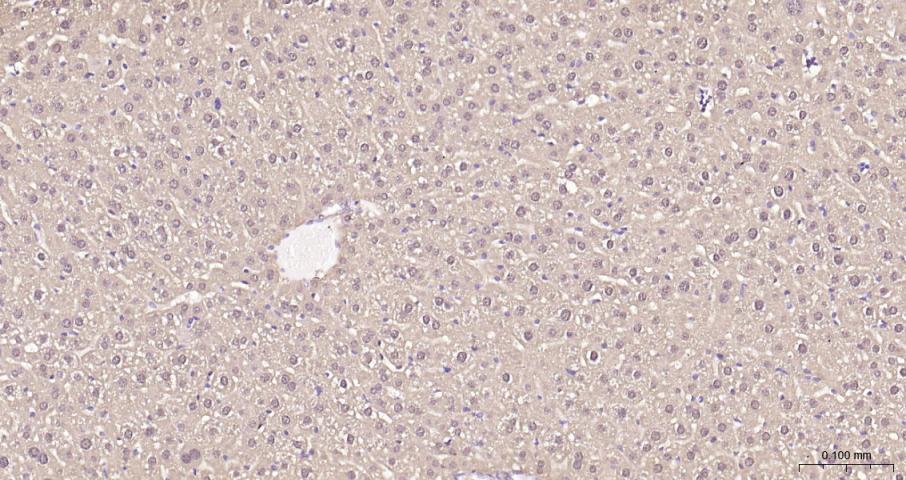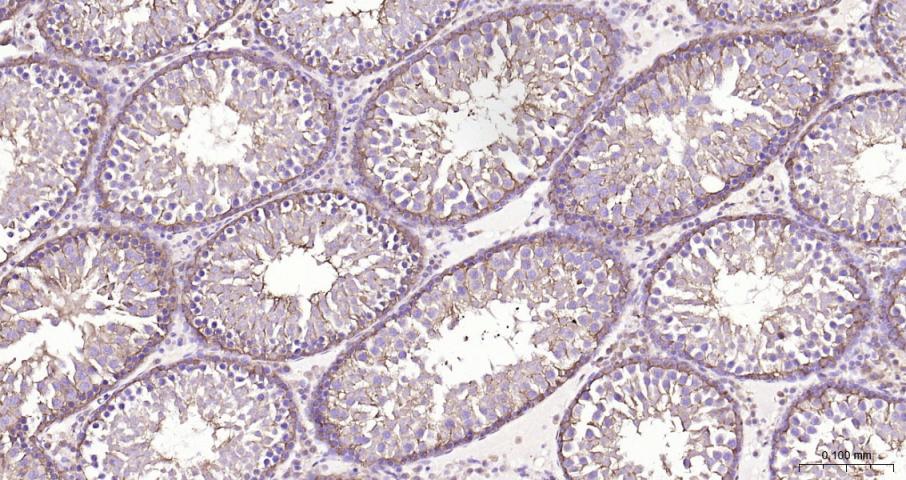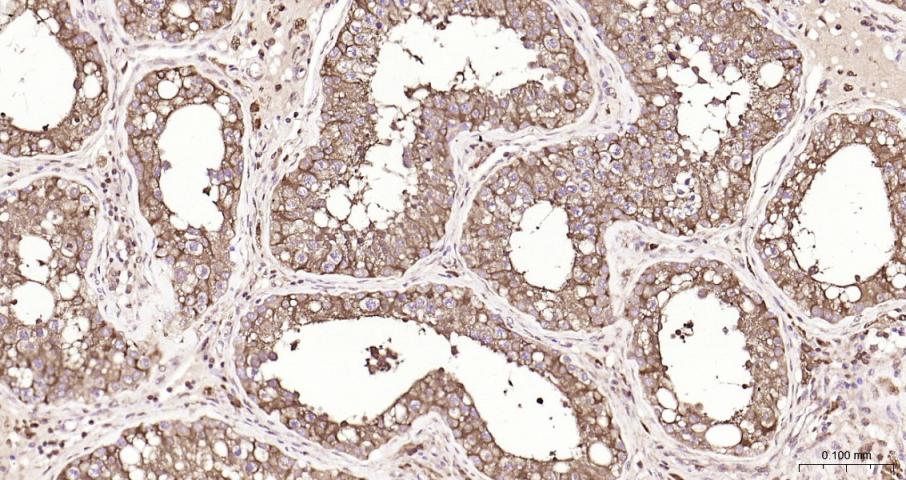LDHA Recombinant Rabbit mAb
LDHA Recombinant Rabbit mAb
- SPECIFICATION
- CITATIONS
- PROTOCOLS
- BACKGROUND

Application
| WB, IHC-P, IHC-F, IF, FC, ICC, IP |
|---|---|
| Primary Accession | P00338 |
| Reactivity | Rat, Human, Mouse |
| Host | Rabbit |
| Clonality | Recombinant |
| Calculated MW | 37 KDa |
| Physical State | Liquid |
| Immunogen | KLH conjugated synthetic peptide derived from human LDHA |
| Isotype | IgG |
| Purity | affinity purified by Protein A |
| Buffer | 10mM phosphate buffered saline(pH 7.4) with 150mM sodium chloride, 0.05% BSA, 0.02% sodium azide and 50% glycerol. |
| SUBCELLULAR LOCATION | Cytoplasm. |
| SIMILARITY | Belongs to the LDH/MDH superfamily. LDH family. |
| SUBUNIT | Homotetramer. |
| Post-translational modifications | ISGylated. |
| DISEASE | Glycogen storage disease 11 (GSD11) [MIM:612933]: A metabolic disorder that results in exertional myoglobinuria, pain, cramps and easy fatigue. Note=The disease is caused by mutations affecting the gene represented in this entry. |
| Important Note | This product as supplied is intended for research use only, not for use in human, therapeutic or diagnostic applications. |
| Gene ID | 3939 |
|---|---|
| Other Names | L-lactate dehydrogenase A chain, LDH-A, 1.1.1.27, Cell proliferation-inducing gene 19 protein, LDH muscle subunit, LDH-M, Renal carcinoma antigen NY-REN-59, LDHA (HGNC:6535) |
| Target/Specificity | Metabolism of carbohydrates,Dehydrogenase Kits,NADP/NADPH,Carbohydrate metabolism,Energy Metabolism,Cancer,Energy Metabolism |
| Dilution | WB=1:500-2000,IHC-P=1:50-200,IHC-F=1:50-200,ICC/IF=1:50-200,IF=1:50-200,IP=1:20-50,Flow-Cyt=1:20-50 |
| Storage | Store at -20 ℃ for one year. Avoid repeated freeze/thaw cycles. When reconstituted in sterile pH 7.4 0.01M PBS or diluent of antibody the antibody is stable for at least two weeks at 2-4 ℃. |
| Name | LDHA (HGNC:6535) |
|---|---|
| Function | Interconverts simultaneously and stereospecifically pyruvate and lactate with concomitant interconversion of NADH and NAD(+). |
| Cellular Location | Cytoplasm. |
| Tissue Location | Predominantly expressed in anaerobic tissues such as skeletal muscle and liver. |

Thousands of laboratories across the world have published research that depended on the performance of antibodies from Abcepta to advance their research. Check out links to articles that cite our products in major peer-reviewed journals, organized by research category.
info@abcepta.com, and receive a free "I Love Antibodies" mug.
Provided below are standard protocols that you may find useful for product applications.
Background
This product as supplied is intended for research use only, not for use in human, therapeutic or diagnostic applications.
If you have used an Abcepta product and would like to share how it has performed, please click on the "Submit Review" button and provide the requested information. Our staff will examine and post your review and contact you if needed.
If you have any additional inquiries please email technical services at tech@abcepta.com.













 Foundational characteristics of cancer include proliferation, angiogenesis, migration, evasion of apoptosis, and cellular immortality. Find key markers for these cellular processes and antibodies to detect them.
Foundational characteristics of cancer include proliferation, angiogenesis, migration, evasion of apoptosis, and cellular immortality. Find key markers for these cellular processes and antibodies to detect them. The SUMOplot™ Analysis Program predicts and scores sumoylation sites in your protein. SUMOylation is a post-translational modification involved in various cellular processes, such as nuclear-cytosolic transport, transcriptional regulation, apoptosis, protein stability, response to stress, and progression through the cell cycle.
The SUMOplot™ Analysis Program predicts and scores sumoylation sites in your protein. SUMOylation is a post-translational modification involved in various cellular processes, such as nuclear-cytosolic transport, transcriptional regulation, apoptosis, protein stability, response to stress, and progression through the cell cycle. The Autophagy Receptor Motif Plotter predicts and scores autophagy receptor binding sites in your protein. Identifying proteins connected to this pathway is critical to understanding the role of autophagy in physiological as well as pathological processes such as development, differentiation, neurodegenerative diseases, stress, infection, and cancer.
The Autophagy Receptor Motif Plotter predicts and scores autophagy receptor binding sites in your protein. Identifying proteins connected to this pathway is critical to understanding the role of autophagy in physiological as well as pathological processes such as development, differentiation, neurodegenerative diseases, stress, infection, and cancer.
